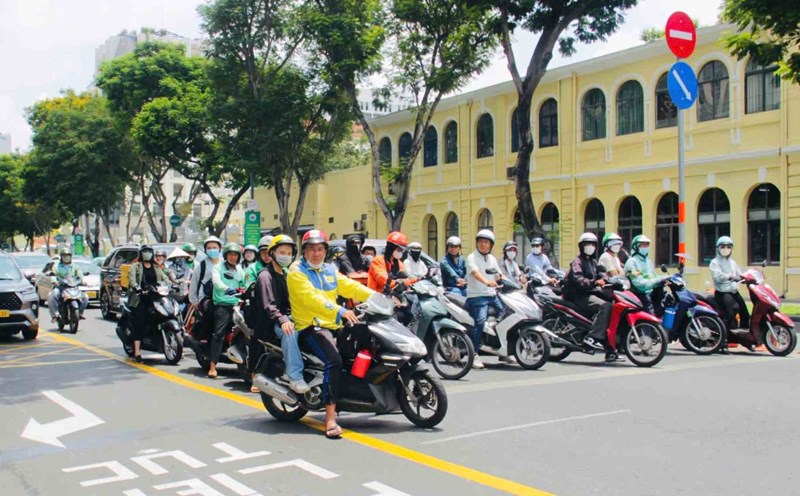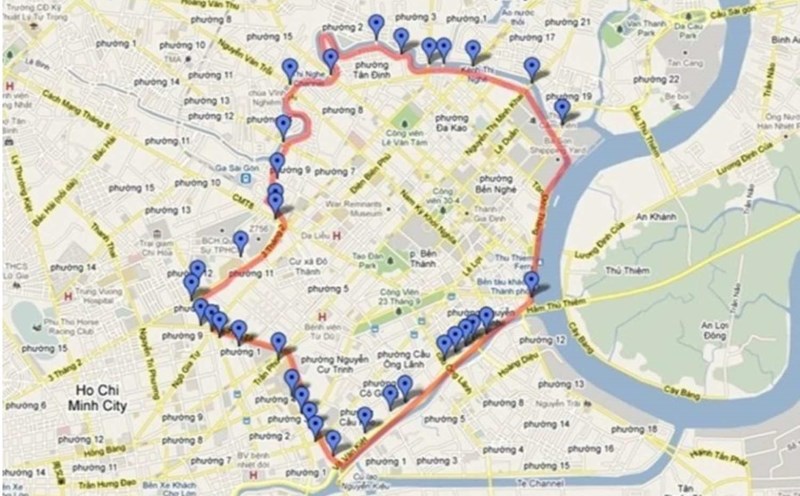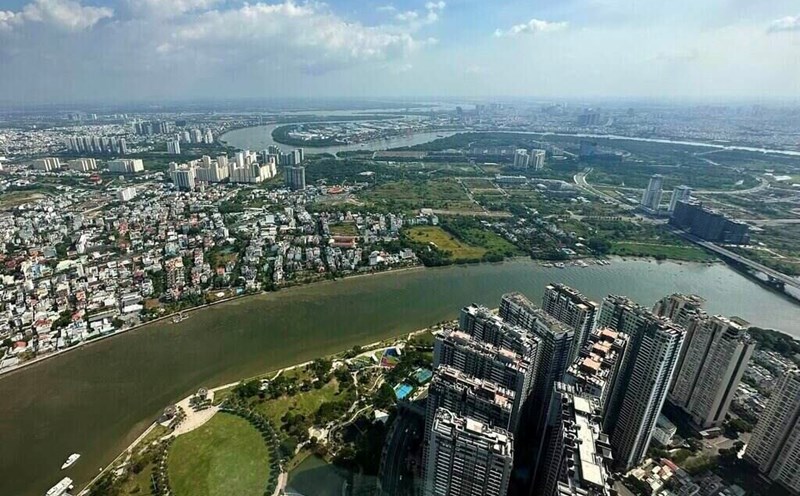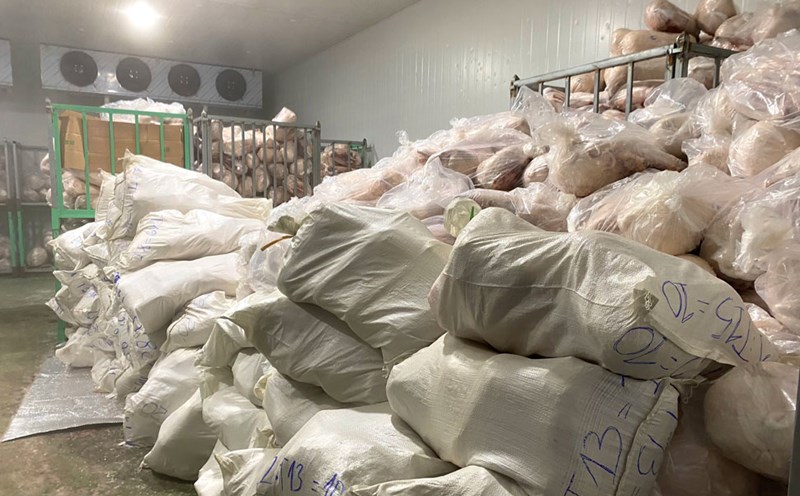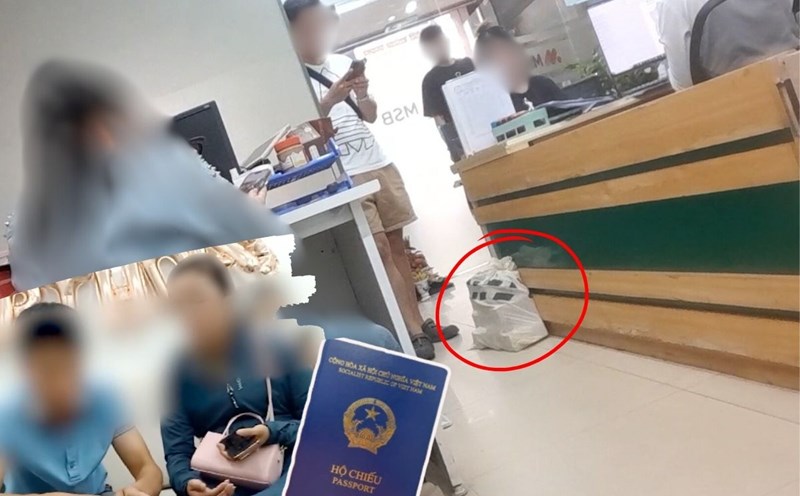These solutions are included in the Vehicle Emission Control Project developed by the Ho Chi Minh City Department of Construction, which is currently seeking opinions from relevant departments, branches and units.
According to the project, from 2026, Ho Chi Minh City will establish a low-emission zone (Low Emission Zone - LEZ) in the central area, limited by 15 bridges and 17 main roads, creating a "emission control belt".
Here, motorbikes and cars that do not meet emission standards will be restricted in circulation.
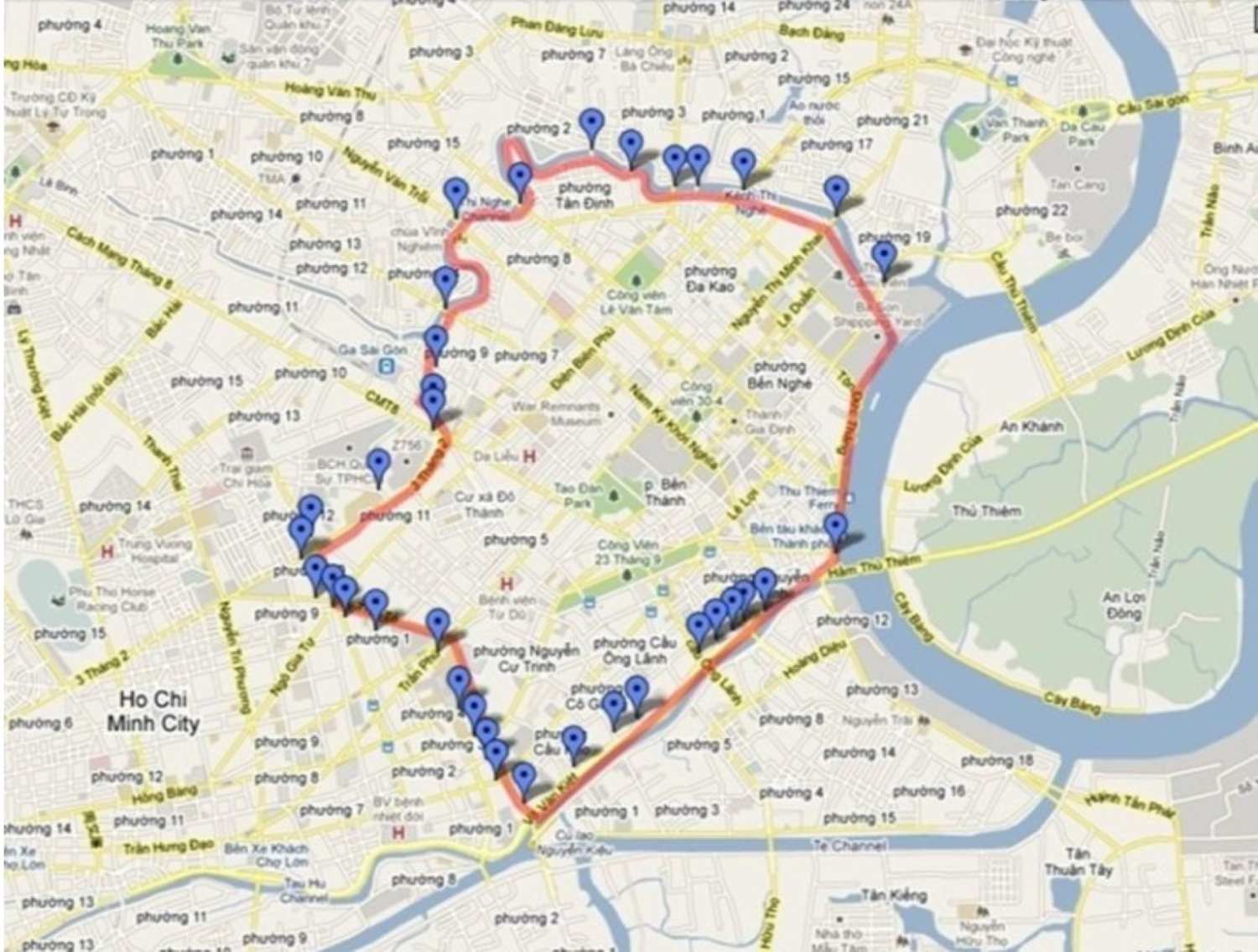
To make LEZ operate effectively, in addition to the policy of supporting the conversion to electric vehicles, the project proposes to strongly develop the electric bus network and the public bicycle system to provide convenient alternatives for people.
After merging with Binh Duong and Ba Ria - Vung Tau, Ho Chi Minh City currently has 164 bus routes with about 2,342 vehicles, of which 613 are electric buses (accounting for more than 26%).
The project proposes to open 72 new routes with 1,109 electric vehicles by 2030.
By 2030, all buses in the area will use electricity or green energy.
The proposed roadmap is to replace CNG or diesel buses over 15 years old with green electric/energy vehicles.
CNG buses under 15 years old are still allowed to operate; diesel buses are allowed to operate until the end of 2029 if they are not used for more than 15 years.
100% of buses on non-subsidized routes and new routes opened from 2025 will use electricity or green energy.
To meet operational needs, the project proposes 25 charging stations with 236 charging stations dedicated to electric buses.
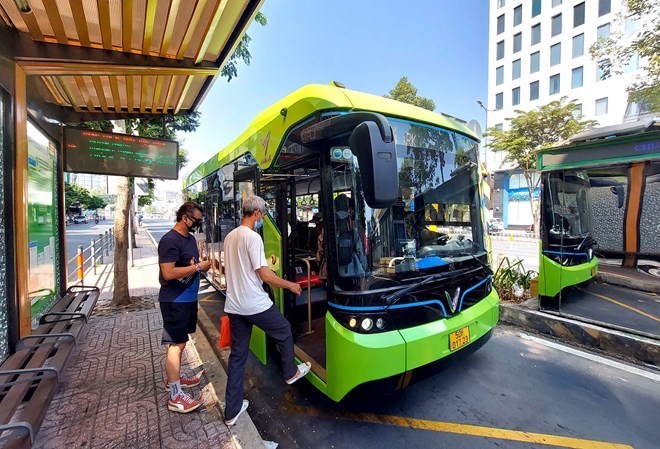
In parallel with electric buses, Ho Chi Minh City will expand public bicycle services to support connections between public transport vehicles.
Cycle lanes will be arranged on routes with sidewalks 3 m or wide and expanded to areas such as Thu Duc University Village, new urban areas in the old Thu Duc City, along the metro line...
The goal for the period 2026 - 2030 is to develop at least 8,000 public bicycles in the central area, synchronously with the roadmap to limit cars and motorbikes.
In the first phase alone, about 5,000 vehicles will be deployed at the center to meet travel needs and connect with buses, river buses and metro.
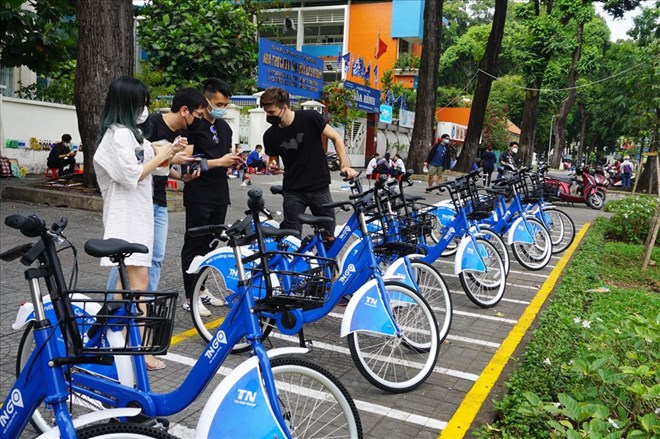
Previously, since the end of 2021, a business has deployed nearly 400 public bicycles in the center of Ho Chi Minh City.
The project to encourage the socialization of this service aims to reduce budget costs, and at the same time, many businesses have expressed interest in investing.


